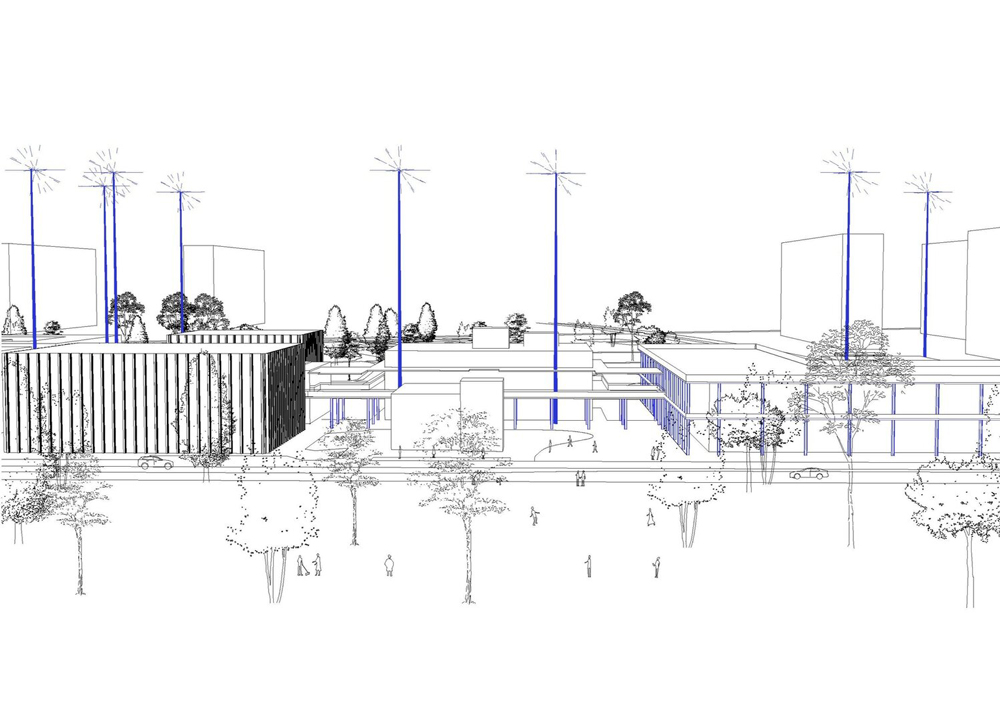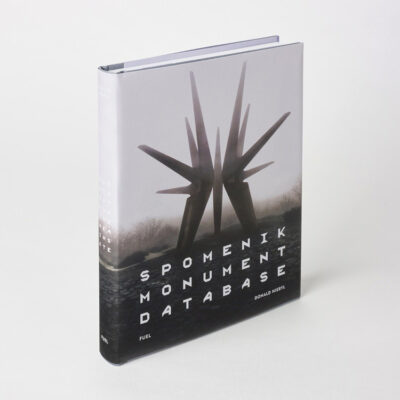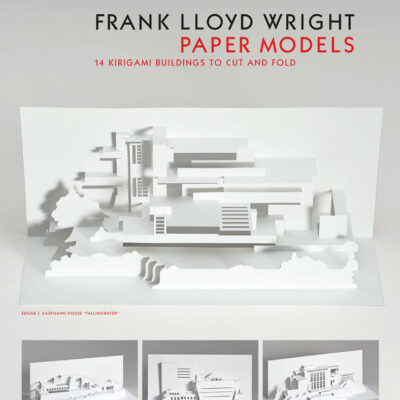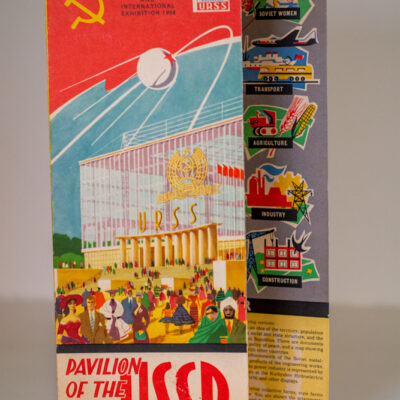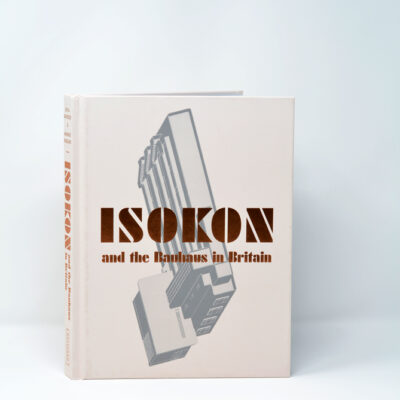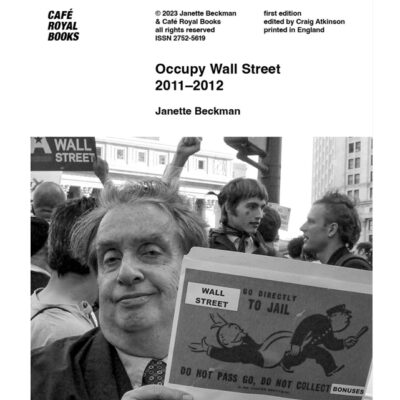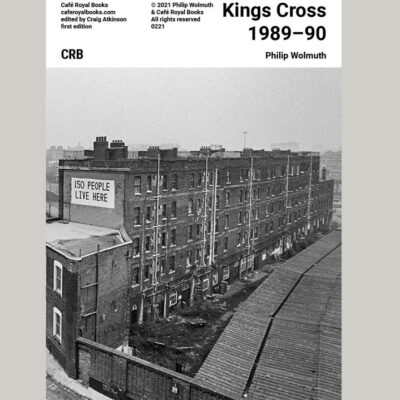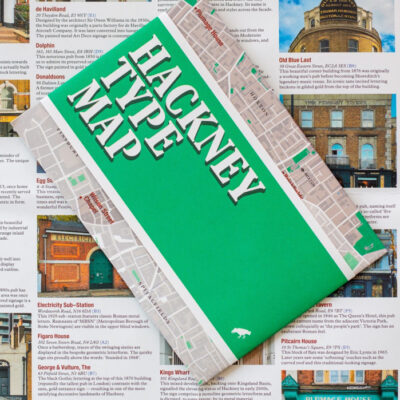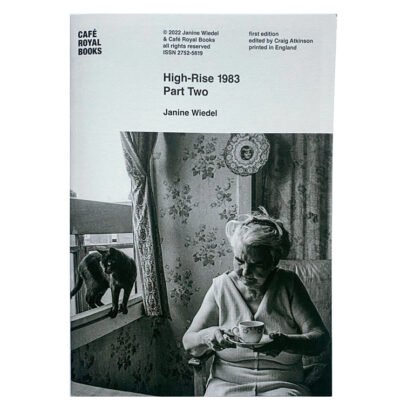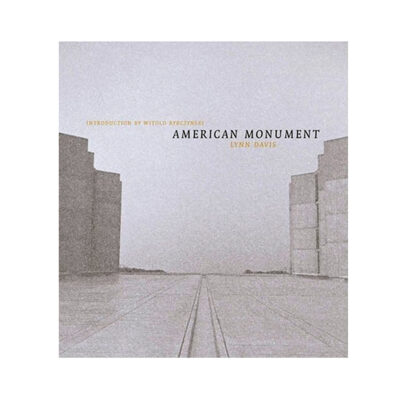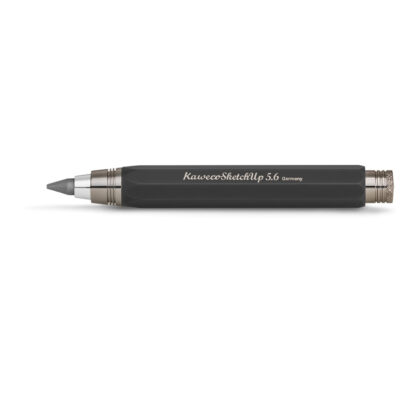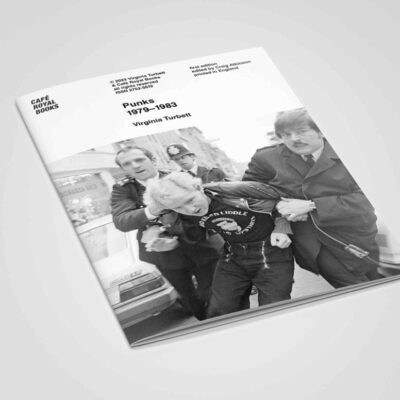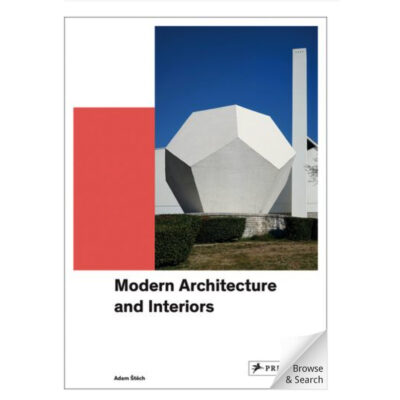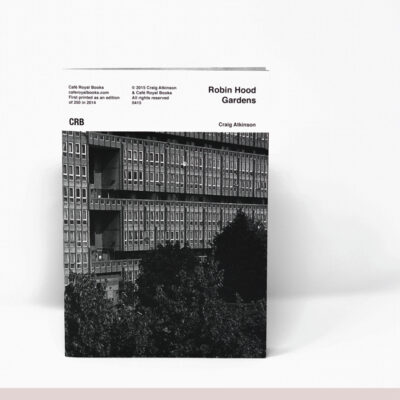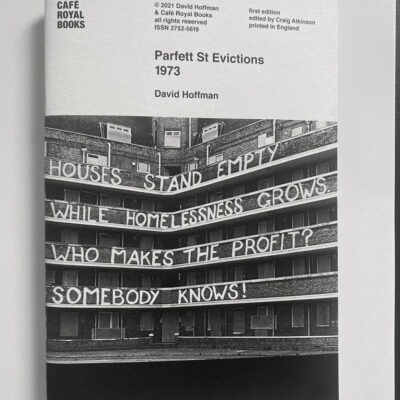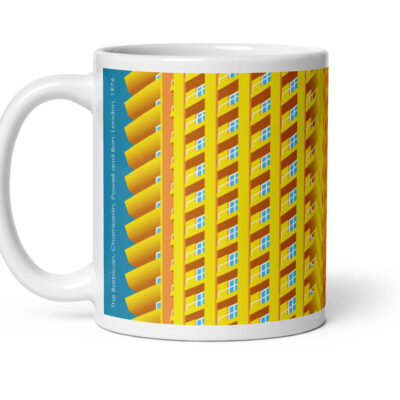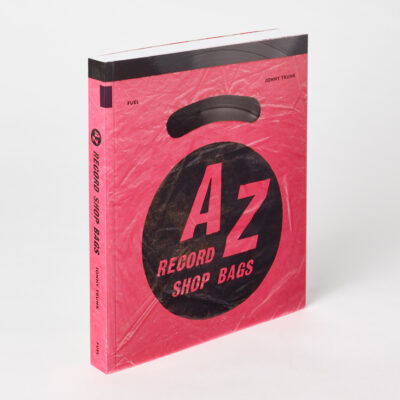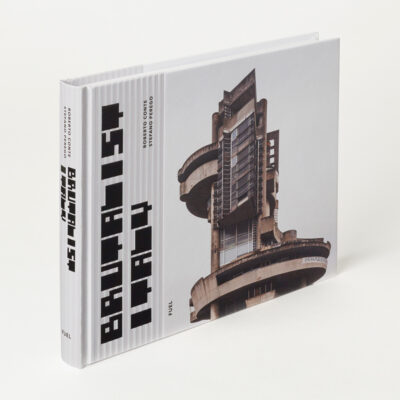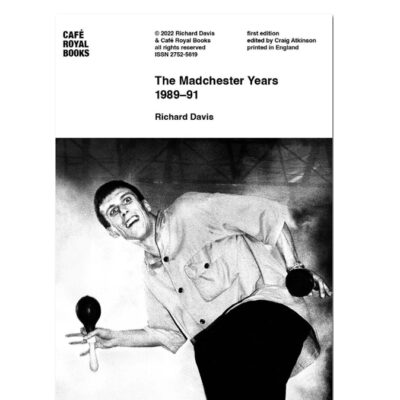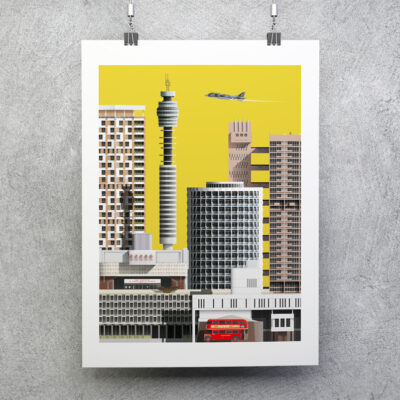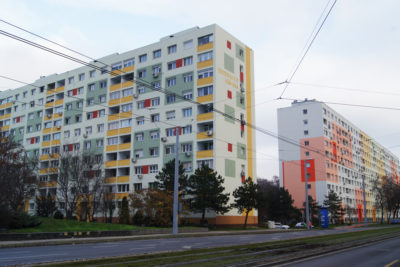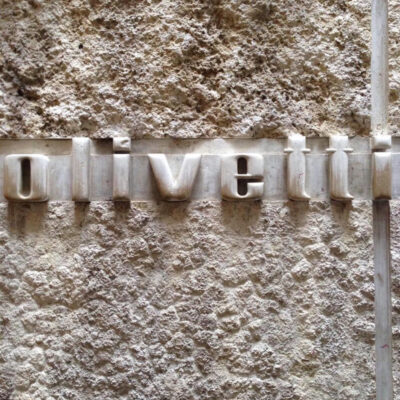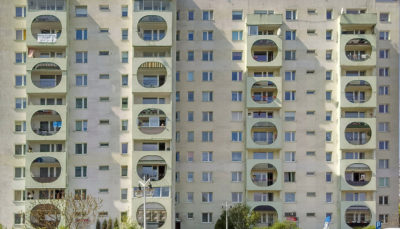Othernity – Reconditioning Our Modern Heritage,
The Hungarian Pavilion at the Venice Biennale
The opening of the 17th International Architecture Exhibition of the Venice Biennale is imminent.
This year’s theme poses the question,
How will we live together?
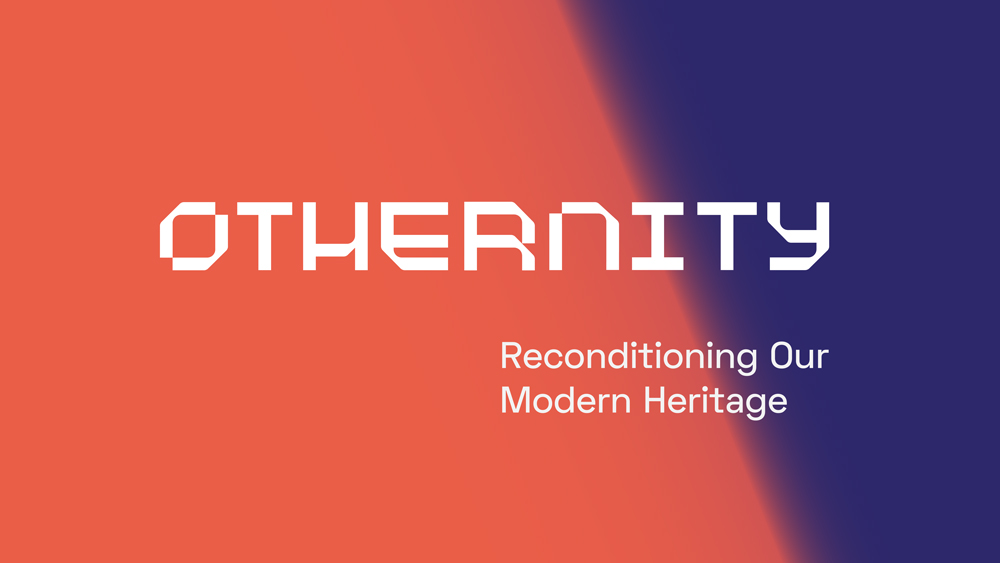
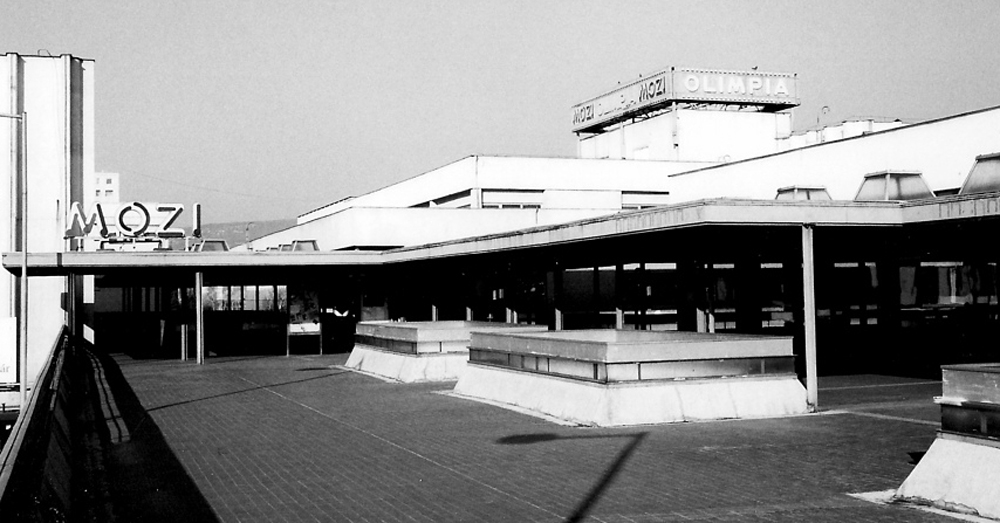
Kelenföld Shopping Centre Archive Image Bela Karlota
‘Five people walk into a room that has only four chairs. Who sits where? They can play musical chairs. That’s one spatial contract. They can also line up the chairs to form of a bench where they all fit together. That’s another. A city decides to build a new subway system. Which parts does it connect and which does it leave out? There may be economic issues, political rivalries, and technological drivers that guide these decisions, but somehow the layout of the subway system supersedes and becomes a way in which a larger portion of the population connects with each other above and beyond the politics that bind or divide them.’
12 buildings. 12 practices. 12 ideas.
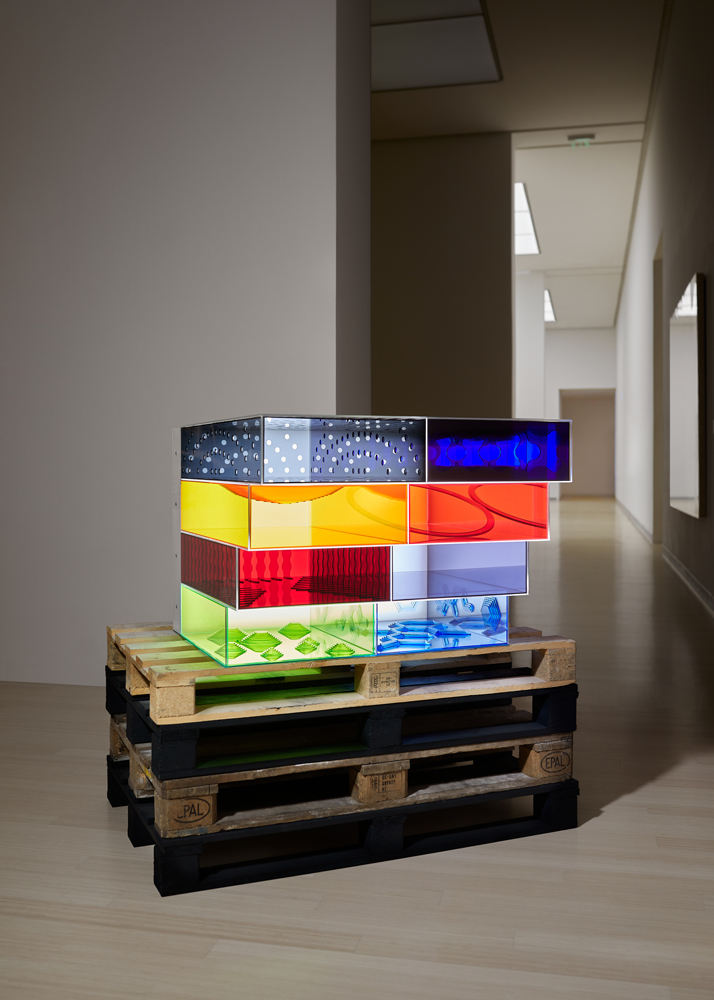
Image Dániel Dömölky
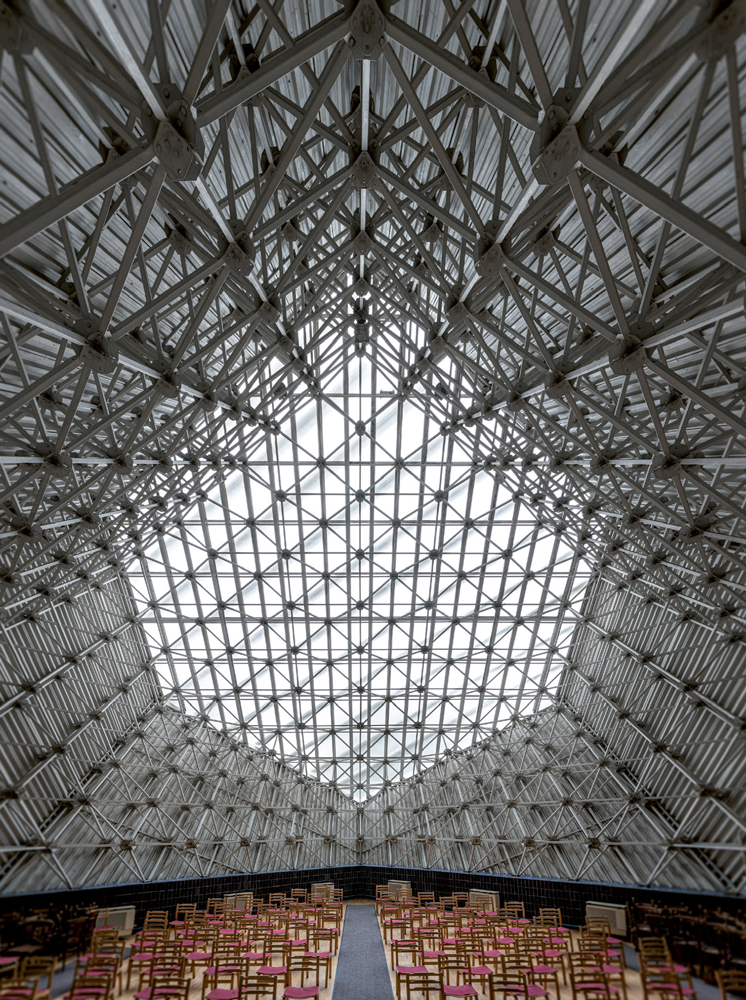
Kelenföld Church, Othernity, Hungarian Pavilion Venice 2021
This is a fascinating challenge for any city whose buildings and infrastructure were built for purposes and to celebrate politics that no longer have currency but must now be mobilised to serve the needs of a newer society with all its different goals. For example, the monumental buildings of Britain’s imperial past are now often simply tourist destinations. Frightful gladiatorial games are no longer entertainment, how could Rome re-purpose the Coliseum? What to do with the constructions of Soviet-style cities?
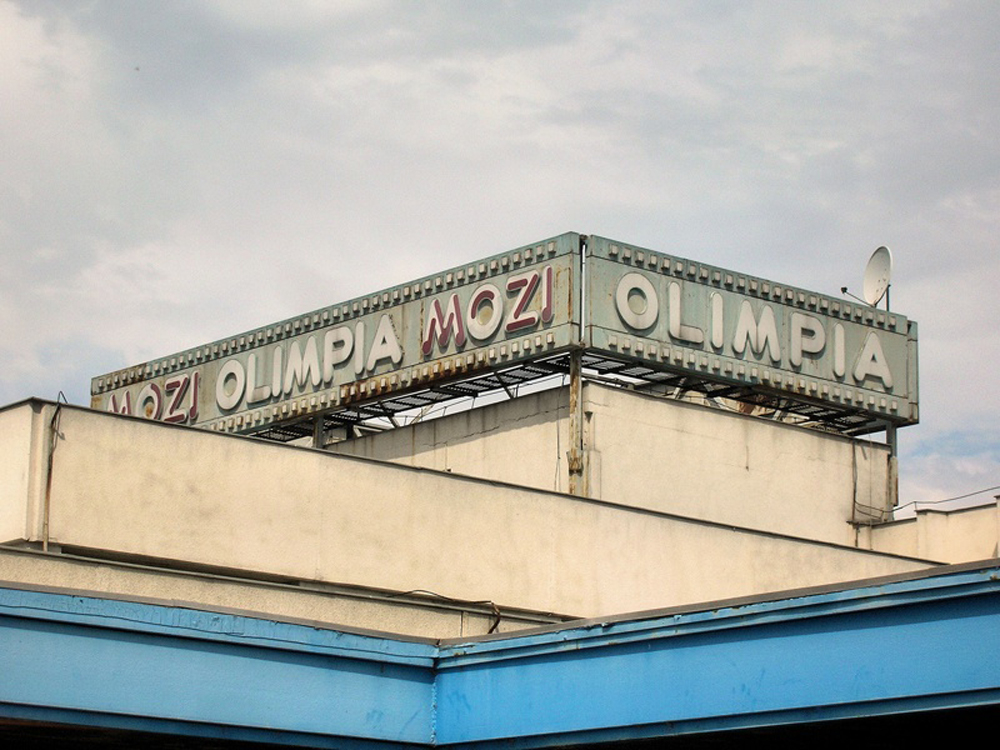
Image Géza Papp
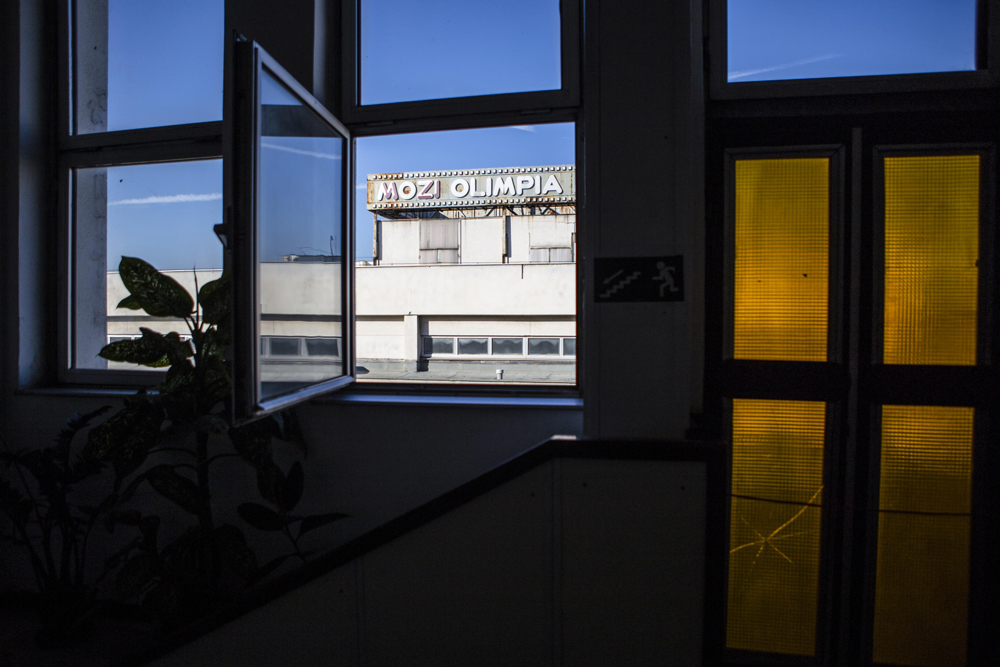
Image Funiq
A heritage protection research project
What became clear to Dániel and the teams as they gathered documents for the project, was ‘just how little we actually know about this modern heritage’.
MADA
‘What would happen if we were to forgo the idea of conserving the buildings themselves and take advantage of the promised 12 floors of imaginary space proposed by the plans? ….How does one conserve 1250,000 m³ of emptiness?‘
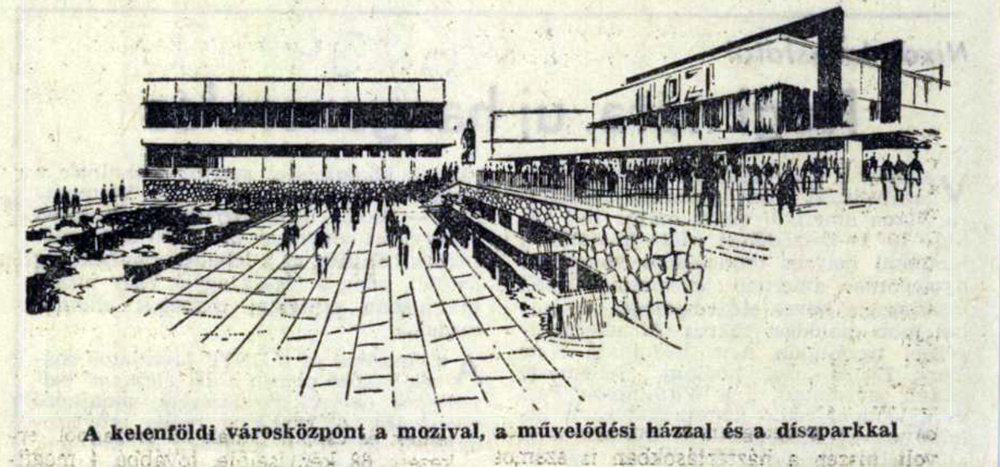
Architect’s original sketch showing Mozi Olimpi cinema on right
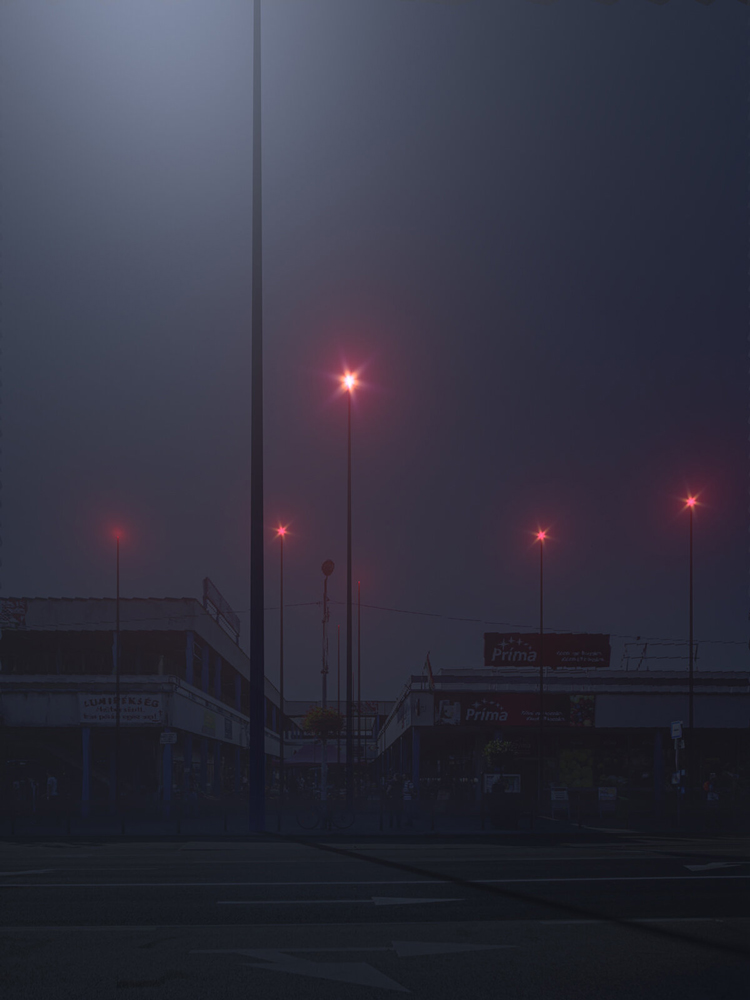
Let’s face it, at any other time, the process from invitation to a prestigious international event, to developing a concept on to realisation is ‘relatively’ straightforward but not this time.
The MADA team, Nikola Andonov, Aleksandar Ristović, Stefan Stojanović shared a snapshot of what it has been like delivering this project in the year preceding a year-like-no-other. They described the moment they discovered they were taking part in the Biennale – of course, it was impossible to imagine how events would unfold and the rollercoaster two years that have followed; Nikola explains;
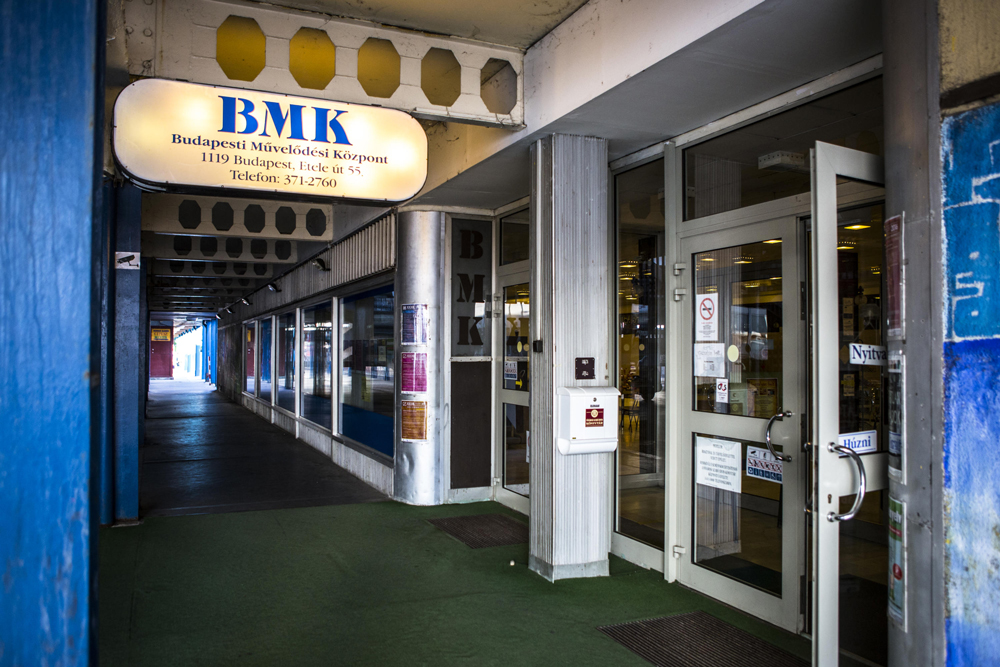
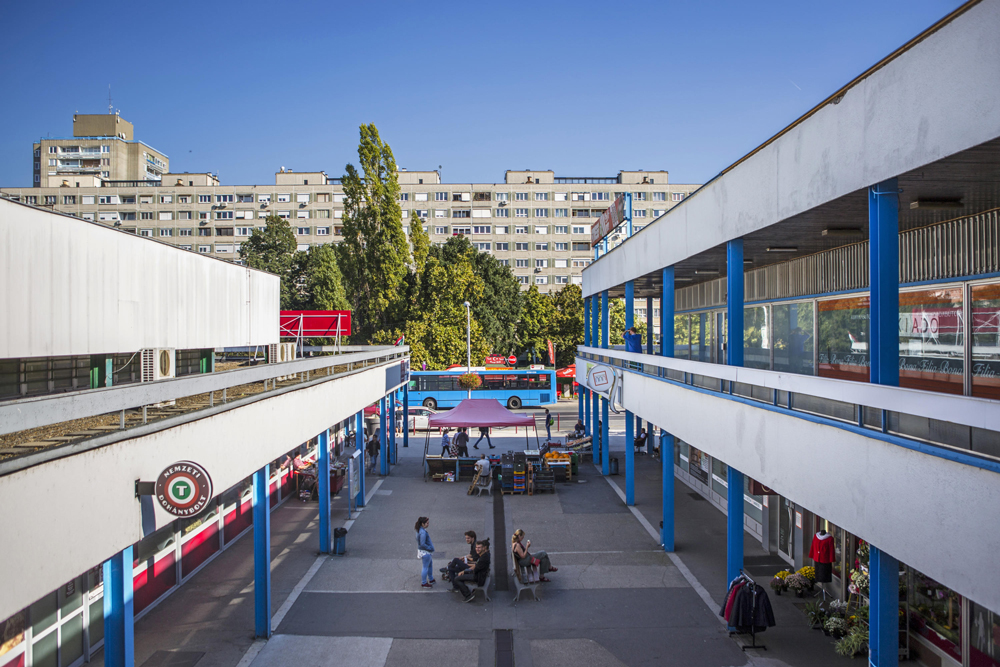
Message in a bottle
We randomly found an email in our Spam folder in 2019 from KONNTRA studio with an invitation to participate in something very big…
Getting on board
Soon afterwards we got to meet the Hungarian team whose core concept remained the main concept of the entire project. The material started coming in – among the twelve teams assigned, we felt ours was the least exciting one and tried very hard to have fun with it.
New Belgrade and Newer Kelenföld
We instantly felt what we later defined as a Parallax – talking about a place we never visited in a time we have not been born. We liked the adventure.
Second round
Another email came in saying that – our Othernity project was going on to compete in the second round of the competition and eventually won through. We were reminded of our good fortune in 2012 when we represented out own country of Serbia at the Biennale that year.
Foreplay
We remained sceptical of the viability of such a complex venture as the Biennale in a pandemic. A surprise hit us with a workshop that took place in Budapest in November 2019. There, the entire concept started getting its real shape.
Back and forth
We immediately decided to go with an analogue exhibit combining digital and ancient techniques in order to avoid talking about the actual building, but more about our intention.
The inevitable
On the very day we began producing the exhibit, our government announced the first (positive) case of Covid. When we got back some months later, it was to a different reality.
Always funny
We really did manage to raise some funds in lockdown, in what must be one of the the worst periods in the history of fundraising. We sure learned some new soft skills during the lockdown.
Model
Now we got back to the model making – probably the biggest surprise and the worst planning. But we made it!
What’s next
No one can say and we will try to find out.
And finally ….
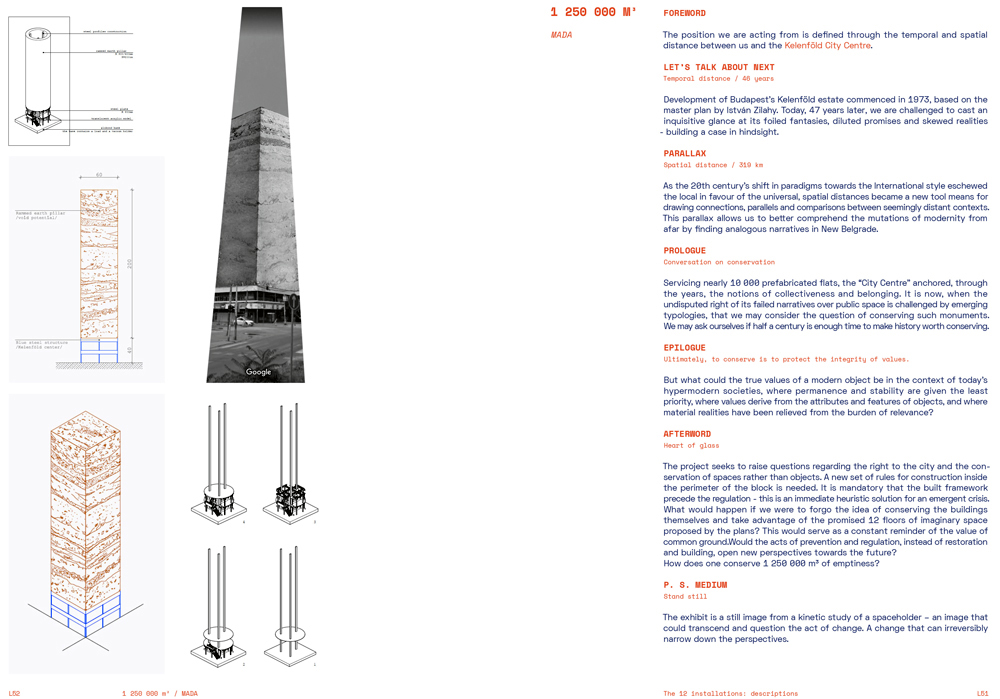
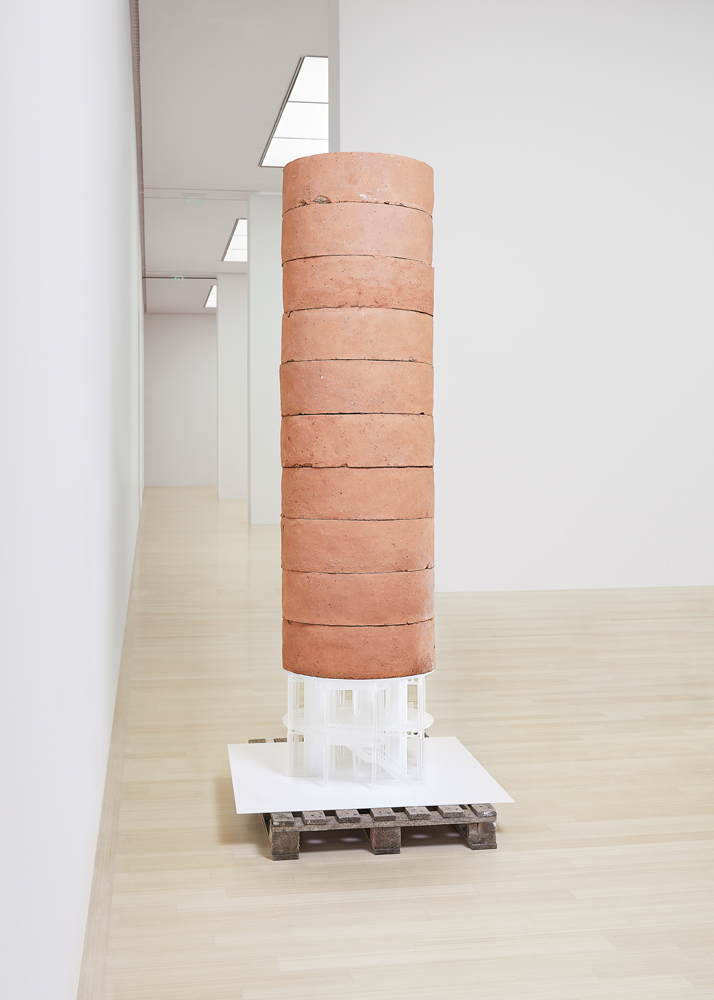
MADA Image Dániel Dömölky
Visit Othernity – Reconditioning Our Modern Heritage the Biennale Architettura
Commissioner: Julia Fabényi,
Director Ludwig Museum, Museum of Contemporary Art, Budapest
Curator: Dániel Kovács;
Curatorial team: Attila Róbert Csóka, Szabolcs Molnár, Dávid Smiló
Participants: A-A Collective (Poland), Architecture Uncomfortable Workshop (Hungary), BUDCUD (Poland), b210 (Estonia), KONNTRA (Slovenia / North Macedonia / Croatia), MADA (Serbia), MNPL WORKSHOP (Ukraine), Paradigma Ariadné (Hungary), PLURAL (Dániel Kovács), Vojtĕch Rada (Czech Republic), LLRRLLRR (Estonia / United Kingdom), Studio Act (Romania)
Venue: Giardini
MADA Architecture Studio Belgrade
All images unless otherwise noted Dániel Dömölky | Othernity ©
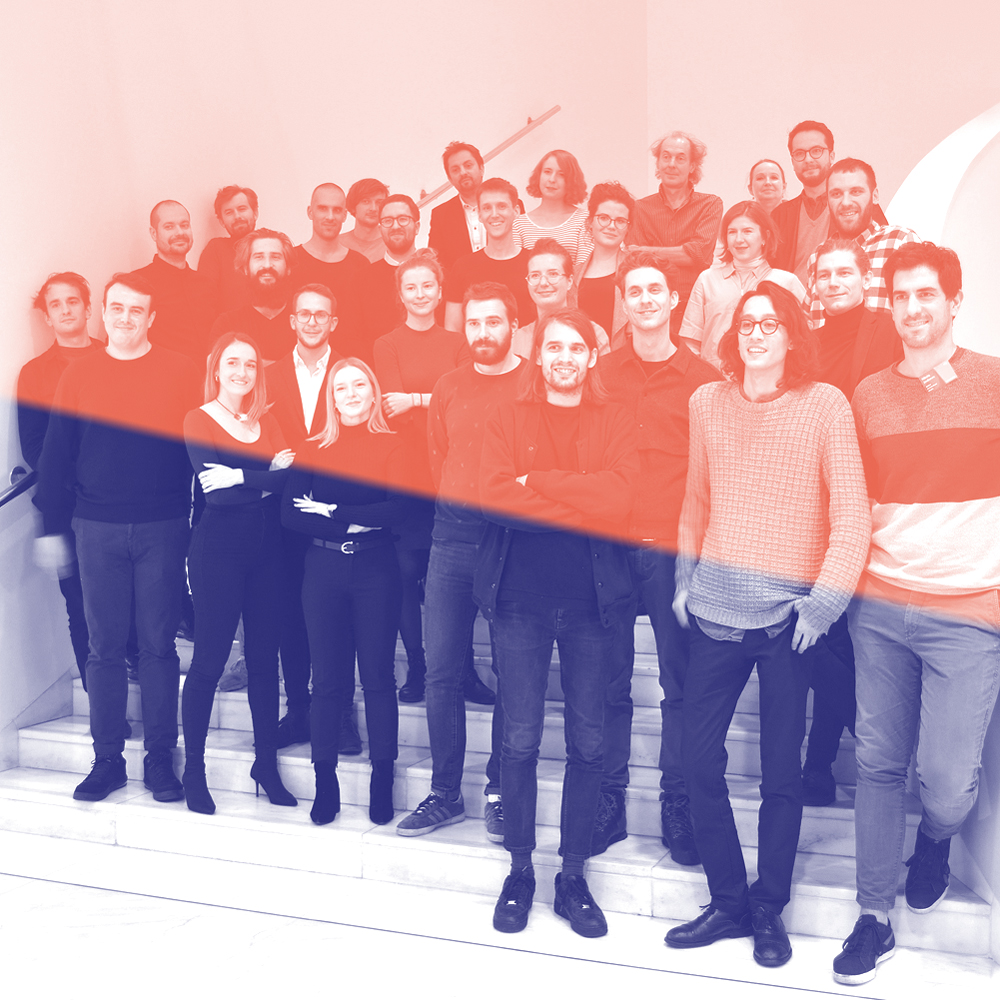
Othernity Team Hungarian Pavilion




